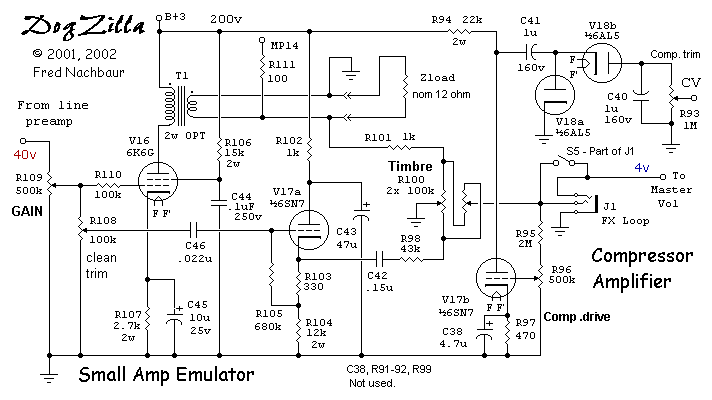
August 20, 2002

|
Part 1: Control Supply |
Part 2: Meter Circuit |
Part 3: HT Supply |
Part 4: Power Amp |
Part 5: PA Driver |
Part 6: Tone Preamp |
[ Part 7: ] Effects Section |
Part 8: Line Preamp |
Part 9: Input Stage |

 |
 |
 |
BACK | INDEX | NEXT |